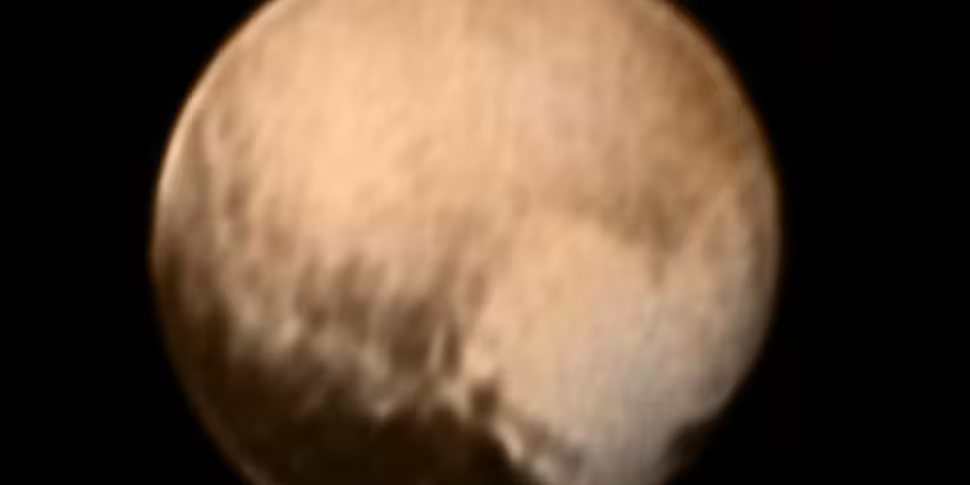NASA's New Horizons spacecraft has made contact after surviving a flypast of the dwarf planet Pluto.
Confirmation of the mission's success came 13 hours after the flypast itself and more than nine years since the spacecraft began its epic journey to the outer reaches of our solar system.
NASA's associate administrator for science John Grunsfeld hailed it as a "hallmark in human history".
He added: "It's been an incredible voyage."
According to NASA, New Horizons came to within 7,700 miles of Pluto at a speed of 31,000 mph.
The pictures from the closest approach should become available on Wednesday.
New Horizons made radio contact with flight controllers at the John Hopkins University Applied Physics Lab outside Baltimore, Maryland, sparking shouts and applause from the crowd that had gathered for the moment.
The survival of the spacecraft was critical to the mission because 99% of the data gathered during the encounter is still on it.
It spent more than eight hours after its closest approach looking back at the dwarf planet for a series of experiments to study its atmosphere and photograph its night-side using light reflected off its primary moon Charon.
Sending back its first signal after the flypast took another four-and-a-half hours - the time it takes radio signals, travelling at light speed, to travel the three billion miles back to Earth.
The flypast was the culmination of a NASA initiative to survey the solar system that began more than 50 years ago.
Images and measurements relayed before the flypast have already changed scientists' understanding of Pluto.
It was once considered an icy, dead world, but the dwarf planet has shown signs of geological activity, with evidence of past and possibly present-day tectonics, or movements of its crust.
Many questions about Pluto, which was considered to be the solar system's ninth planet when the mission began in 2006, remain though.
It was reclassified as a dwarf planet after the discovery of other Pluto-like spheres orbiting the Kuiper Belt, the region beyond Neptune.
The objects are thought to be remnants from the formation of the solar system 4.6 billion years ago.
It will take around 16 months for New Horizons to transmit all of the thousands of images and measurements taken during the flypast.
By then it will have gone even deeper into the Kuiper Belt, bound for a possible follow-up mission to one of Pluto's cousins.









